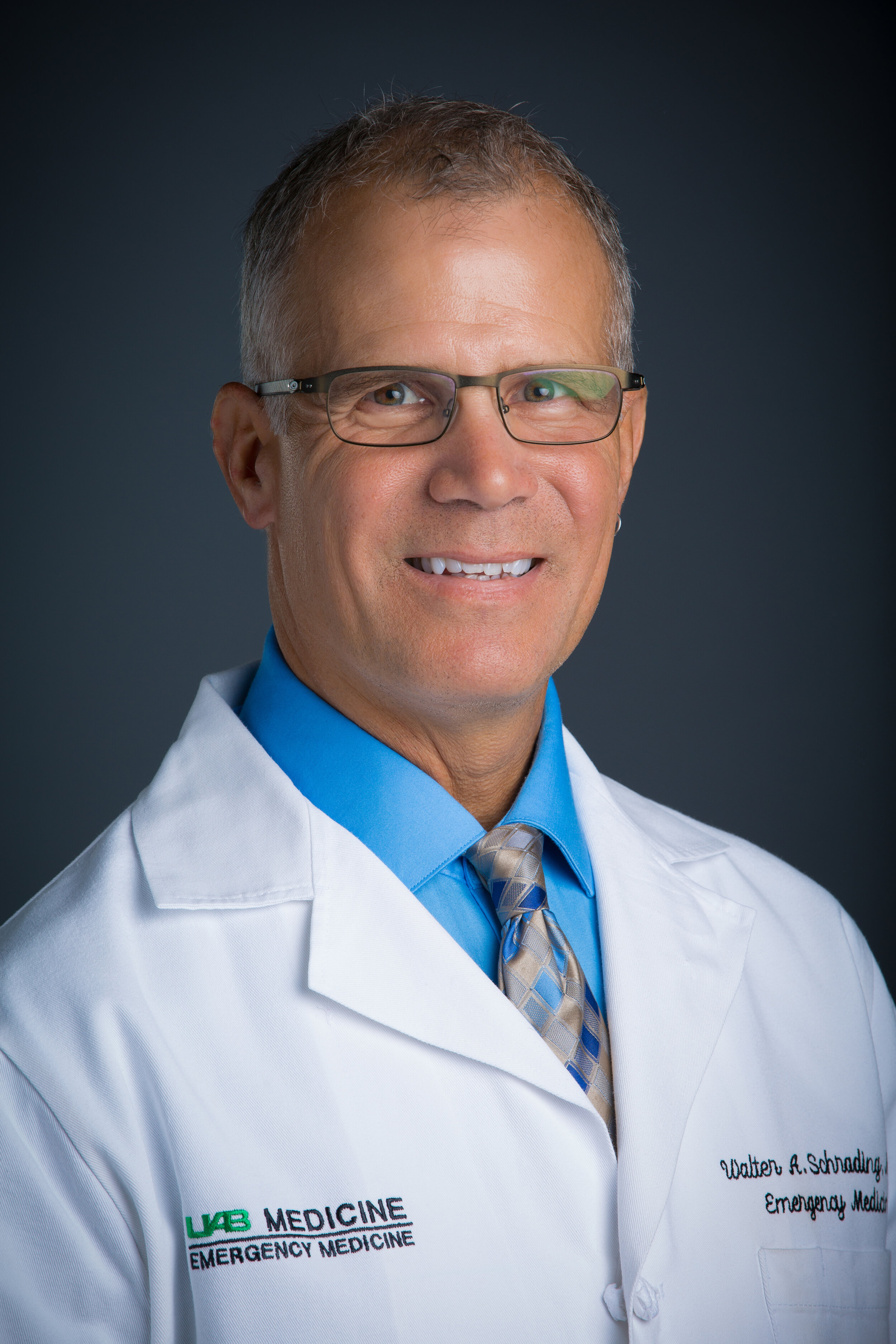AEM Early Access 48: Vaccination rates and acceptance of SARS‐CoV‐2 vaccination among U.S. emergency department health care personnel
Welcome to the eighth episode of AEM Early Access, a FOAMed podcast collaboration between the Academic Emergency Medicine Journal and Brown Emergency Medicine. Each month, we'll give you digital open access to a recent AEM Article or Article in Press, with an author interview podcast.
Find this podcast series on iTunes here.
DISCUSSING (OPEN ACCESS THROUGH January 31, 2021; CLICK ON TITLE TO ACCESS)
Walter A. Schrading MD, Stacy A. Trent MD MPH, James H. Paxton MD, Robert M. Rodriguez MD, Morgan B. Swanson, Nicholas M. Mohr MD MS, David A. Talan MD
LISTEN NOW: INTERVIEW WITH author
Walter Schrading, MD, FACEP, FAWM | Professor
Director, Office of Wilderness Medicine
Department of Emergency Medicine
UAB Medicine | University of Alabama at Birmingham
Severe acute respiratory syndrome coronavirus 2 (SARS‐CoV‐2), the virus responsible for COVID‐19, has infected more than 25 million Americans, leading to over 420,000 deaths.The Centers for Disease Control and Prevention reports over 378,000 cases of COVID‐19 in U.S. health care personnel (HCP) with 1,286 deaths. By summer 2020, an estimated 4.6% of academic emergency department (ED) HCPs had contracted COVID‐19. In mid‐December 2020 emergency use authorization COVID‐19 vaccines were administered to U.S. HCPs as a priority group. The objective of this report was to describe differences in vaccination rates among various types of ED HCP at U.S. academic medical centers and reasons for declining vaccination. We hypothesized that groups of ED HCPs with differences in workplace risks might view the benefits of vaccine differently and that vaccine hesitancy would higher in people of color.
The COVID‐19 Evaluation of Risk in Emergency Departments (COVERED) project is a multicenter, prospective cohort surveillance project for SARS‐CoV‐2 infection among ED HCPs at 20 geographically diverse, high‐volume urban U.S. academic medical centers. We enrolled physicians and advanced practice providers (APPs), nurses, and nonclinical HCPs (e.g., clerks, social workers, and pharmacists) not previously diagnosed with COVID‐19. The project's primary aim was to estimate the attributable risk of occupational acquisition of COVID‐19 during a 20‐week follow‐up. At completion we surveyed participants regarding receipt of vaccines, feelings of personal safety after vaccination, personal protective equipment (PPE) use and, if applicable, reasons for declining vaccination. On January 4, 2021, approximately 3 weeks after vaccination began to be offered at all sites, we surveyed HCPs participating in the project. This project met the requirements of public health surveillance as defined in 45 CFR 46.102(l)(2). Descriptive statistics and difference in proportions with 95% confidence interval (CI) were used, and standard errors were adjusted for clustering by site. Analyses were performed using SAS version 9.4 (SAS Institute, Cary, NC).
![AEM Podcasts logo[3].png](https://images.squarespace-cdn.com/content/v1/56e8a86a746fb97ea9d14740/1530120850130-FE116QY4M2F04DRUOPG5/AEM+Podcasts+logo%5B3%5D.png)
